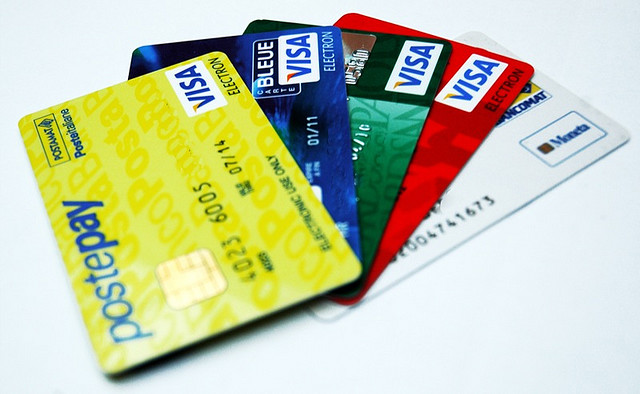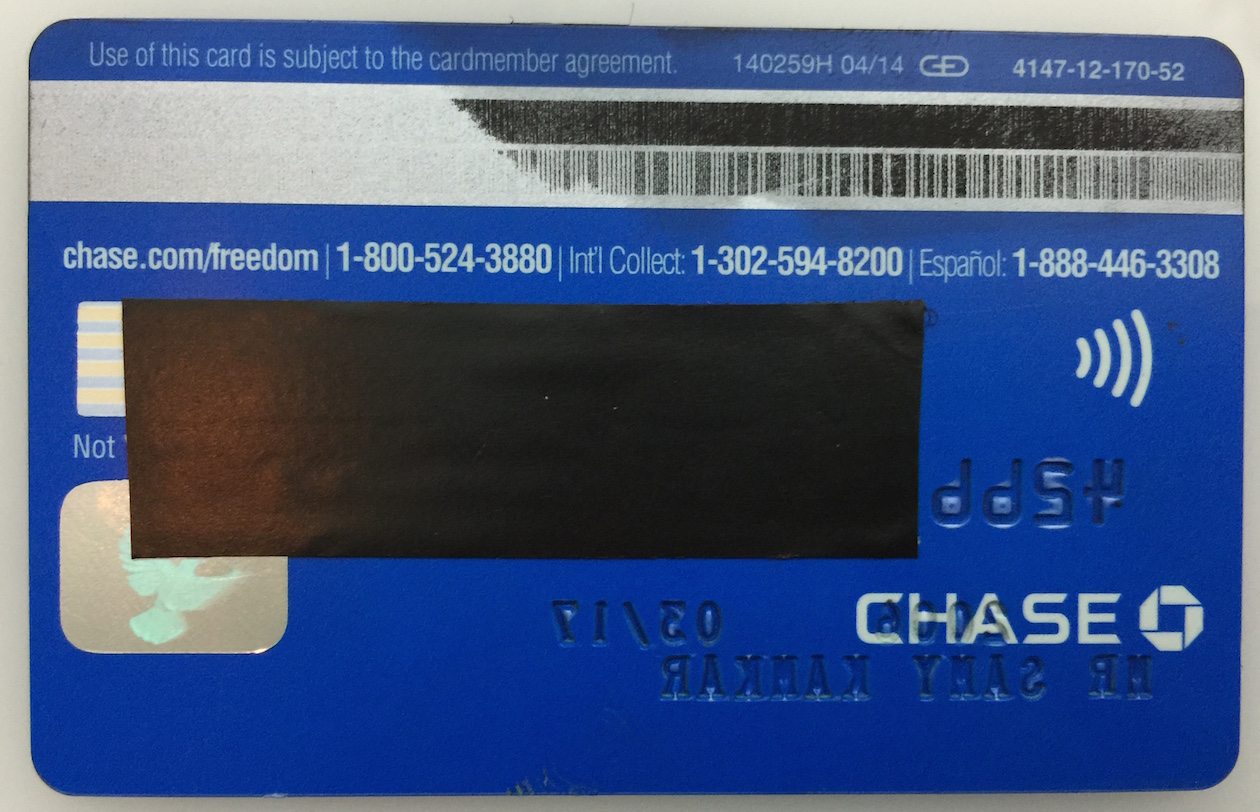THE CREDIT CARD
- In the early 19th century, a scientist by the name of Michael Faraday published several papers on electromagnetic induction, which is the ability of a changing magnetic field to induce a voltage in a conductor. To better understand this phenomenon, Faraday conducted a number of experiments. One of these experiments used a coil of wire, a permanent magnet and a device to detect voltage in the wire.
- Electromagnetic induction has many practical applications, including data storage - for example, the magnetic strip on the back of a credit card.
- The black strip on the back of the credit card is magnetic. This magnetic strip is made up of tiny iron-based magnetic particles in a plastic-like film. Each particle of the magnetic strip is like a tiny bar magnet. The data is put on the magnetic strip by magnetizing the north and south poles on each of the tiny magnetic particles. The motor that activates the magnetic strip on the card is your hand that swipes it through the machine.
- When a credit card is swiped through the machine, the data on the
card is read by the movement of the magnetized spots causing small
electrical voltages that read the data on the card. This is why placing any credit cards near other magnets in a wallet or on
the table is a bad idea. The strip on the card can become demagnetized
and will no longer swipe in the credit card machines. The credit card
needs to be swiped quickly because the magnetic reader in the machine
can damage the tiny magnetic particles on the magnetic strip and make
the poles change.



Well done Alba!!!
ResponderEliminar